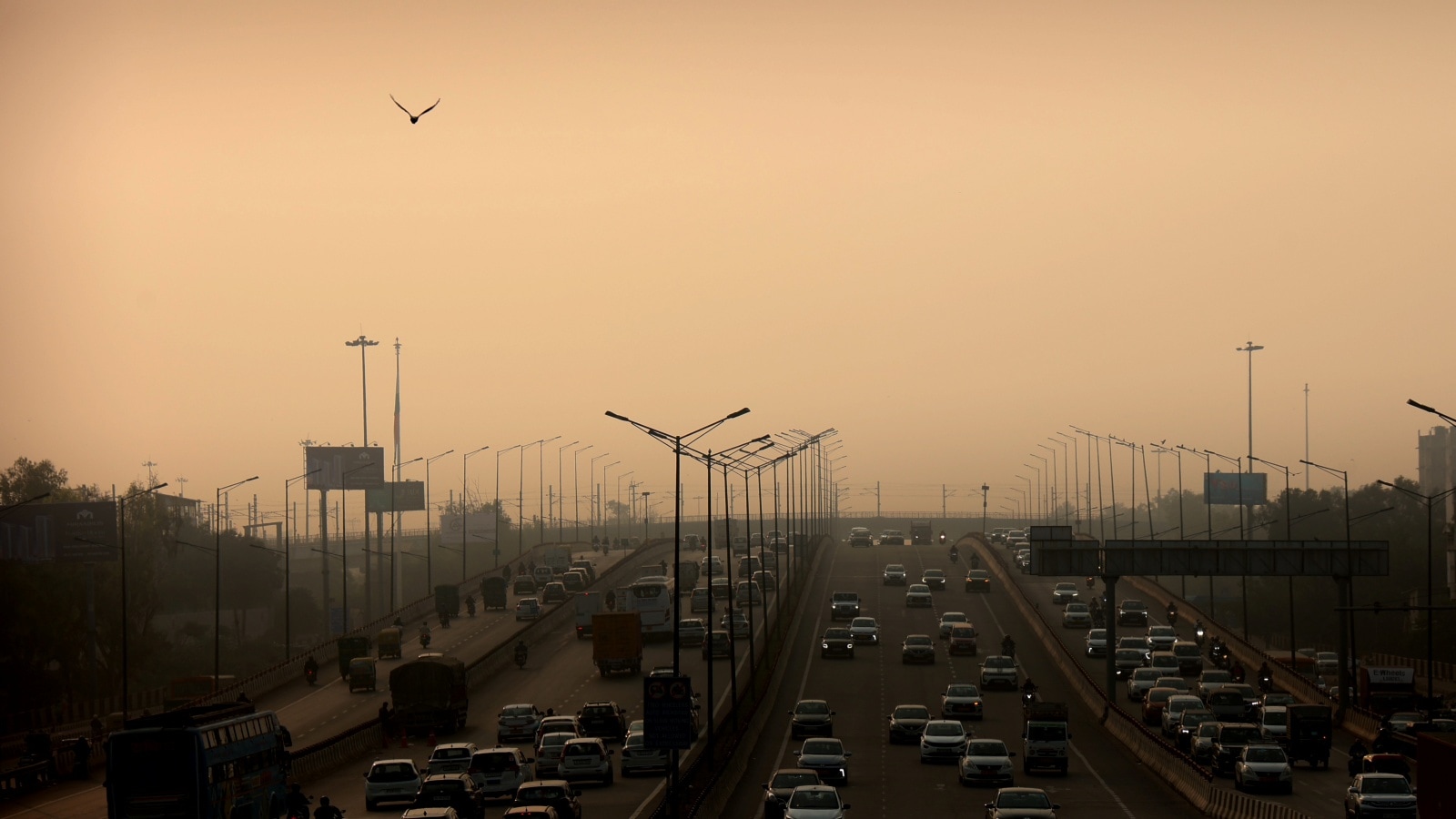Home / Environment / Power Plants Pollute Delhi: FGD Systems Lag
Power Plants Pollute Delhi: FGD Systems Lag
23 Nov
Summary
- Many thermal power plants near Delhi lack critical pollution control systems.
- Over 20 units operate without FGDs, emitting harmful sulphur dioxide.
- Category C plants are exempt, exacerbating air quality concerns.

Thermal power plants in a 300 km radius of Delhi are a significant source of air pollution, with numerous units operating without Flue Gas Desulphurisation (FGD) systems. These systems are vital for curbing sulphur dioxide emissions, which contribute to harmful PM2.5 particulate matter. Data from November 1-19 revealed at least 15 units in Haryana and Punjab actively emitting pollutants without these controls.
Compliance with installing FGD systems has been notably slow, with many plants receiving extensions or falling under exemptions. Specifically, Category C plants, which are outside densely populated or critically polluted areas, are often exempt if their chimney heights meet certain standards. This allows a substantial number of units to continue releasing sulphur dioxide into the atmosphere.
Recent studies estimate that SO₂ emissions from these thermal plants significantly surpass those from agricultural stubble burning. The lack of mandatory FGD installation in many plants, despite their transboundary impact, raises serious concerns about the approach to air pollution control in the Delhi National Capital Region.



